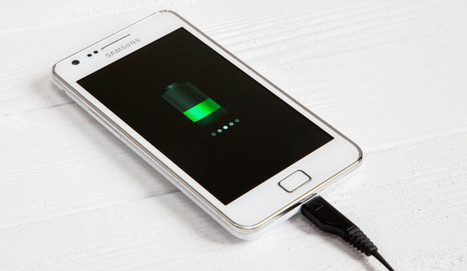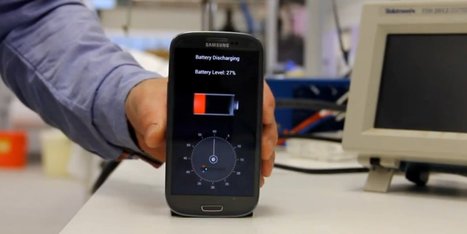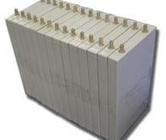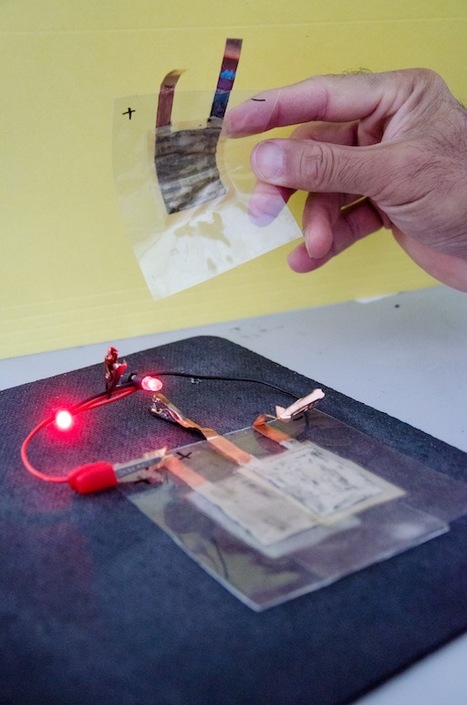Our ability to store energy has proven a big hurdle in the adoption of renewable energies. But now a team of researchers from MIT have developed a new all-liquid battery system that extends the life of such devices while also costing less to make, a development they say could make wind and solar energy more competitive with traditional sources of power.
Donald Sadoway, a professor of Materials Chemistry at MIT, has been exploring the potential of electrical-grid-scale liquid batteries for some time. These batteries comprise layers of molten material, the varying densities of which cause the layers to separate naturally, much like oil and water.
With magnesium used for one electrode, antimony for another and molten salt serving as the electrolyte, these systems needs to be heated to 700° C (1,292° F) to operate. But the researchers found that exchanging some of the materials, using one electrode made from lithium and another from a combination of lead and antimony, reduces the operating temperature to 450-500° C (842-932° F).
What truly surprised the researchers was the benefits of both the antimony and lead when mixed together to create the electrode. They had anticipated that the higher voltage of the antimony would be compromised by the lead, and the lead's lower melting point would be compromised by the addition of the antimony. Rather, they found that, while the combined melting point lay in between that of the individual materials, the hybrid metal retained the higher voltage of the antimony.
"We hoped (the characteristics of the two metals) would be nonlinear,” Sadoway says. “They proved to be (nonlinear), but beyond our imagination. There was no decline in the voltage. That was a stunner for us.”
Click headline to read more--
Via
Chuck Sherwood, Former Senior Associate, TeleDimensions, Inc
 Your new post is loading...
Your new post is loading...
 Your new post is loading...
Your new post is loading...




















